In today’s competitive business environment, trust is a critical factor in building relationships with customers and partners. As such, System and Organization Controls 2, or SOC 2, audits have become a cornerstone of demonstrating an organization’s commitment to data security and compliance. The need to avoid reputational risk for noncompliance is driving the growth of the compliance and audit market, particularly in the IT space. This makes sense, given the sheer amount and sensitive nature of the data handled by IT providers. Other industries that should consider SOC 2 compliance are Financial Services and Healthcare based on their need to safeguard sensitive financial data and private patient information.
As a service organization, demonstrating compliance with SOC 2 standards is crucial for building trust with user entities and partners. Whether you’re planning your first readiness assessment or deciding between report types, understanding the differences between SOC 2 Type I and SOC 2 Type II reports is essential. This guide, developed in accordance with service organization control standards, will help you determine which type of reports best suits your organization’s control objectives.
Understanding SOC 2 Audits
SOC 2, developed by the American Institute of CPAs (AICPA), requires an independent auditor to evaluate a service provider’s internal control environment and ability to manage customer data securely. The trust service principles focus on five key criteria that service auditors assess:
- Security: Ensures systems are protected from unauthorized access and breaches.
- Availability: Guarantees systems are operational and accessible as committed or agreed.
- Processing Integrity: Ensures that a system processes data accurately, completely, in a timely manner, and with proper authorization to maintain trust and reliability.
- Confidentiality: Safeguards sensitive business information from unauthorized disclosure.
- Privacy: Ensures personal data is collected, used, and managed responsibly according to commitments.
These criteria ensure that organizations maintain robust systems to safeguard data and uphold customer trust. SOC 2 audits are categorized into two types: Type I and Type II.
Each serves a distinct purpose, with Type I assessing the design of controls at a specific point in time and Type II evaluating the design and operational effectiveness of controls over an extended period.
Definition of SOC 2 Type I
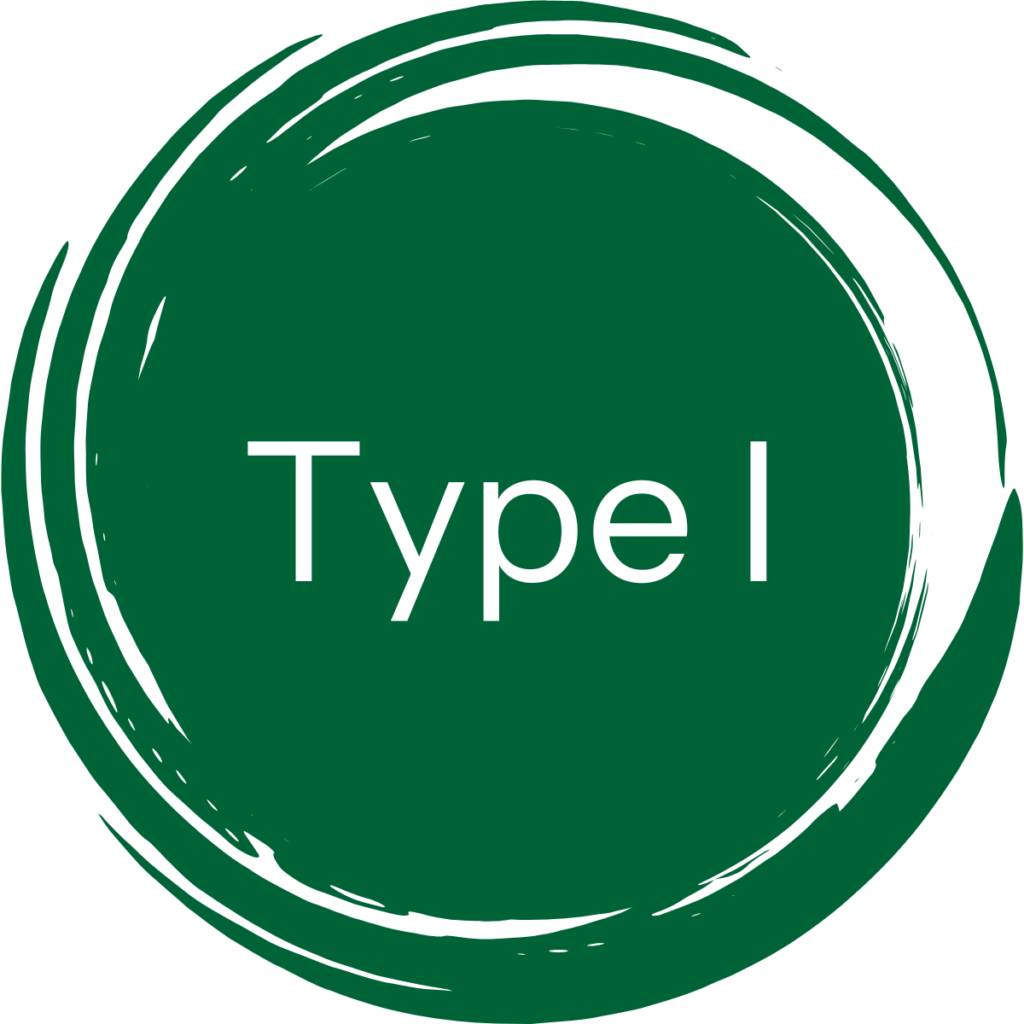
A SOC 2 Type I audit provides user auditors with a detailed description of your control environment at a specific period of time. This type of audit focuses on design effectiveness and whether the necessary controls are in place to meet trust services criteria. Because this report type requires less testing of controls compared to Type II, it typically provides a lower level of audit assurance but serves as valuable proof of compliance for organizations beginning their regulatory compliance journey. Obtaining Soc 2 Type I compliance is a good first step to proving that you take security and compliance seriously.
Definition of SOC 2 Type II
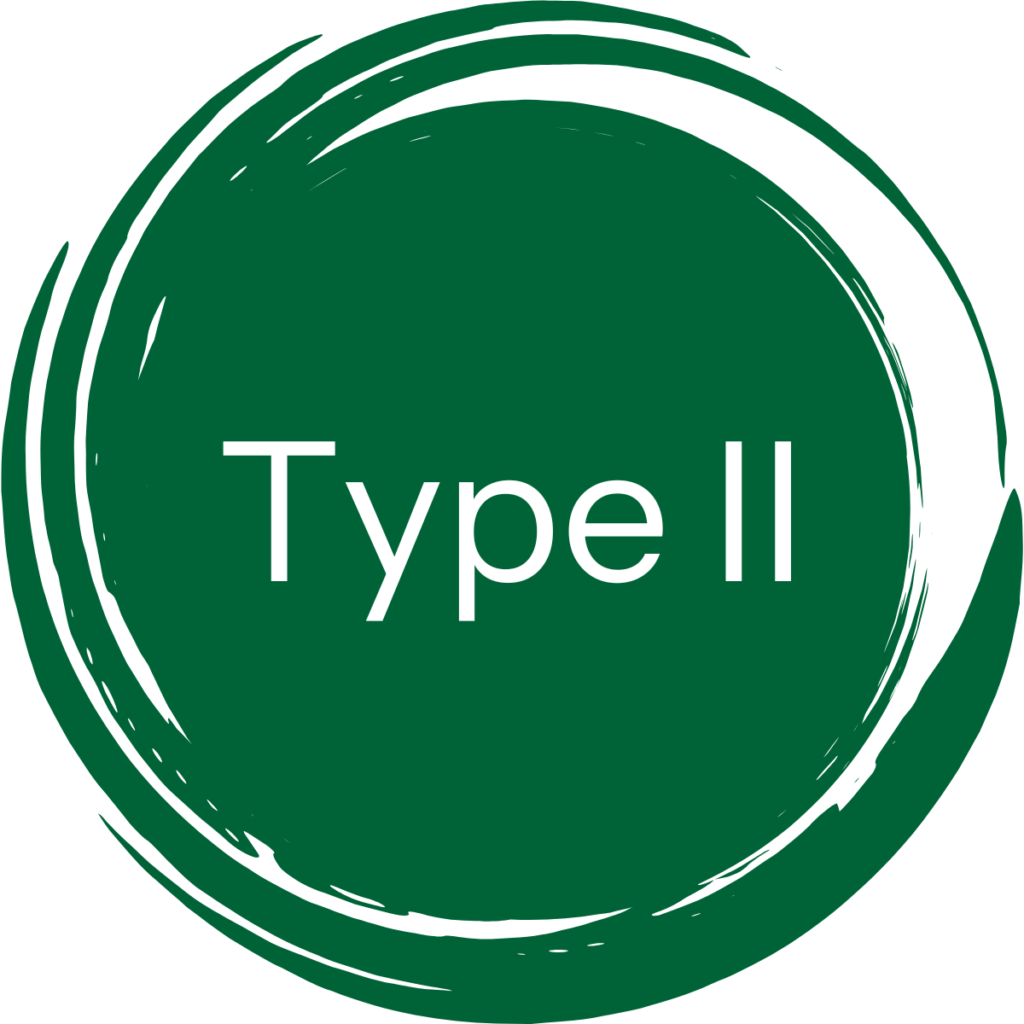
In contrast, SOC 2 Type II assesses both the design and operational effectiveness of controls over a defined observation period, which is usually six to 12 months. In other words, it shows that you not only have the controls documented and in place, but you are actively putting them into practice.
This audit provides a historical view of how well an organization has maintained its controls over time, offering greater depth and assurance than Type I. For this reason, Soc 2 Type II is often preferred by enterprise clients or industries with stringent compliance requirements. It demonstrates not only that controls are in place but also that they consistently operate as intended.
Key Differences Between SOC 2 Type I and Type II
Audit Scope and Focus
The primary distinction between SOC 2 Type I and SOC 2 Type II audits lies in their audit process and period of time evaluated. While service auditors conducting a Type I audit assess the design of controls at a specific moment, Type II requires evidence collection and testing of controls over an extended period of time, typically six to 12 months.
This broader scope makes Type II audits more comprehensive, offering deeper insights into the consistency and reliability of the organization’s control practices.
Time of the Report
Another key difference is the timing required to complete the reports. Type I audits can often be completed relatively quickly, usually within a few weeks, as they involve a one-time assessment of control design. Soc 2 Type II audits, however, require a minimum observation period of six months, sometimes extending to a year. This extended timeline allows for ongoing evaluation of how controls function over time, making planning and implementation more resource-intensive for organizations pursuing a Type II audit.
Cost Considerations
Cost considerations also vary significantly between the two audit types. Type I audits are generally less expensive due to their shorter duration and more limited scope, making them an attractive option for organizations with budget constraints or those new to compliance. On the other hand, Type II audits are more costly because they involve in-depth testing and extended observation periods. While specific costs can vary by industry and auditor, organizations should expect Type II audits to require a larger investment of both time and resources, which can pay off in the form of greater trust and credibility with clients.
The Audit Process
Overview of the Type I Audit Process
The process for a Type I audit begins with scoping, where the boundaries and trust criteria are defined. Auditors then assess the design of controls, collect evidence, and conduct tests to validate that controls are in place. The final step is reporting, which provides an overview of the findings. Since Type I focuses solely on control design, it is typically faster and less complex than Type II.
Overview of the Type II Audit Process
A Type II audit, by contrast, involves additional steps. After scoping and an initial assessment, the organization undergoes an observation period during which controls are monitored and tested for operational effectiveness. Continuous testing ensures that controls operate consistently throughout this period. At the end of the process, auditors compile a detailed report that includes insights into both the design and execution of controls. This ongoing nature makes Type II audits more rigorous and comprehensive.
Trust Services Criteria: The Foundation of SOC 2
The Trust Services Criteria form the foundation of SOC 2 audits, outlining the principles and controls that organizations must implement to manage and secure customer data effectively. These criteria ensure service providers maintain a standardized approach to data protection and operational reliability, allowing organizations to address specific client and business needs.
Organizations can tailor their compliance efforts based on specific control objectives and industry standards.
Security Criteria
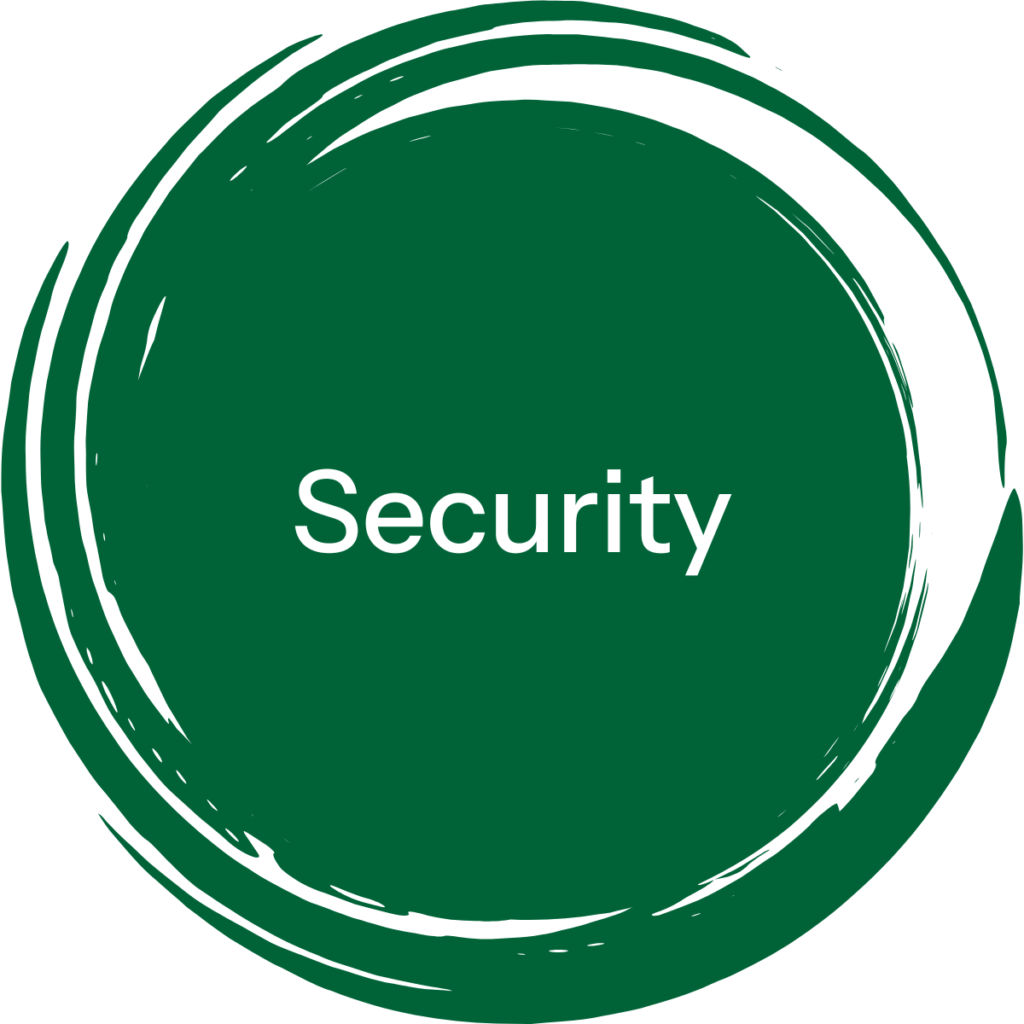
The Security criterion focuses on protecting systems and data from unauthorized access, disclosure, and damage. It serves as the cornerstone of SOC 2 compliance, as all audits must include this principle. Examples of controls that restrict unauthorized user entry and safeguard sensitive information include:
- Firewalls
- Intrusion Detection Systems
- Access Controls
Availability Criteria

The Availability criterion ensures that systems are operational and accessible as agreed upon with customers. This principle is particularly important for organizations that provide critical services or infrastructure. Controls supporting this criterion to ensure uptime and reliability may include:
- Performance Monitoring
- Disaster Recovery Plans
- Capacity Planning
Processing Integrity Criteria
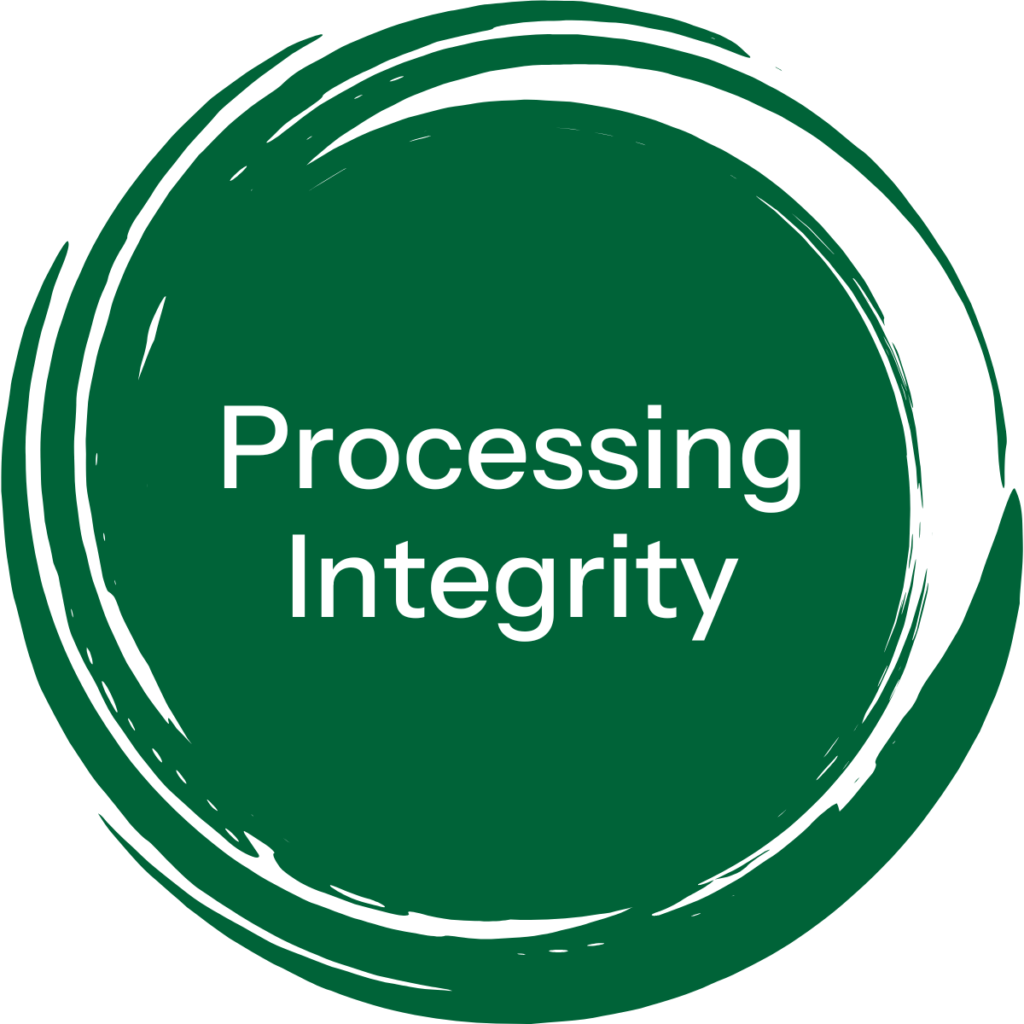
Processing Integrity ensures that systems process data accurately, completely, in a timely manner, and with proper authorization. This criterion is vital for businesses that rely on accurate and trustworthy data outputs. Controls that detect and address processing issues include:
- Quality Assurance Procedures
- Process Monitoring
- Error-handling Mechanisms
Confidentiality Criteria
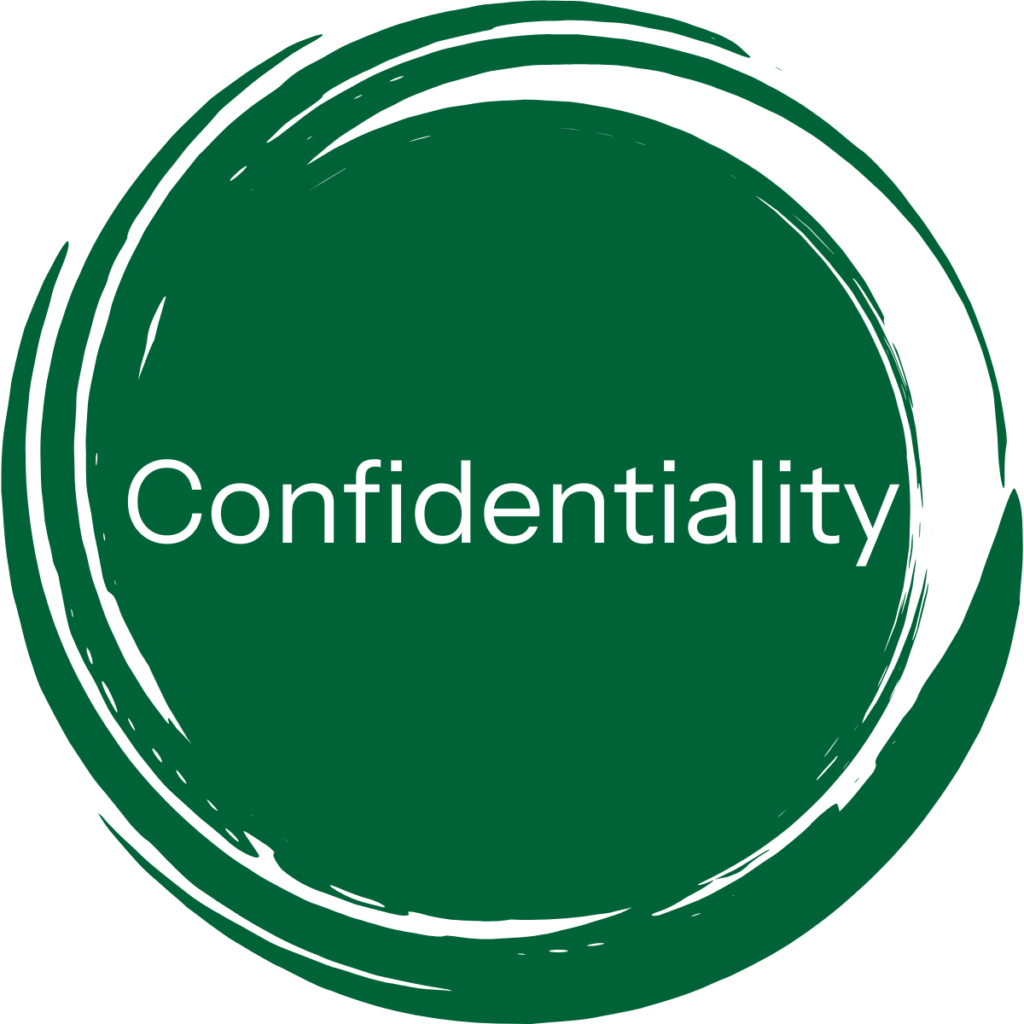
The Confidentiality criterion is focused on protecting sensitive business information from unauthorized access or disclosure. This is particularly relevant for organizations handling trade secrets, financial data, or proprietary information. Common controls for this criterion include:
- Encryption Protocols
- Access Restrictions
- Confidentiality Agreements
Privacy Criteria
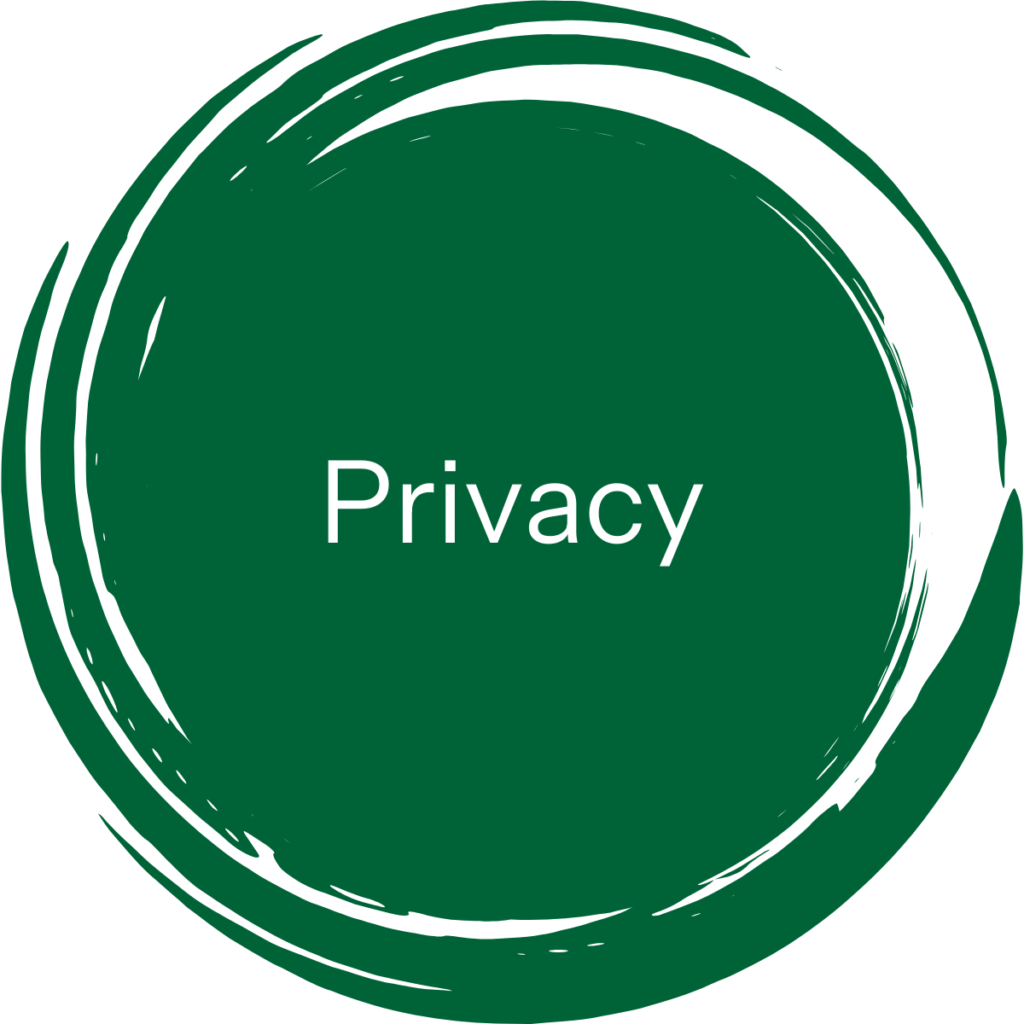
The Privacy criterion ensures that personal information is collected, used, retained, and disclosed in accordance with commitments and applicable regulations. This criterion is essential for organizations managing personal data, such as customer or employee information. Examples of supporting controls include:
- Privacy Policies
- Consent Mechanisms
- Data Minimization Practices
By aligning with the Trust Services Criteria, organizations can build a strong foundation for SOC 2 compliance tailored to their unique operational and regulatory requirements.
Strengths of SOC 2 Type I
Immediate Compliance Benefits
SOC 2 Type I offers service organizations a faster path to demonstrating regulatory compliance, making it particularly useful for organizations that need to establish credibility quickly. This is especially advantageous for companies implementing new systems or just beginning their compliance journey, as it allows them to validate their control design without the extended observation period required for Type II. Additionally, achieving Type I compliance can act as a stepping stone toward Type II certification, providing a foundation for further enhancing their security and operational practices.
Simplicity of Assessment
The SOC 2 Type I audit is less resource-intensive than Type II, as it focuses solely on the design of controls at a specific point in time. This simplicity makes it easier for organizations to complete the audit while gaining a clear understanding of their control framework. Furthermore, Type I compliance is invaluable for identifying gaps in security posture, enabling organizations to address weaknesses before moving toward the more comprehensive Type II audit.
Strengths of SOC 2 Type II
Validation of Long-term Operational Effectiveness
One of the key strengths of SOC 2 Type II is its ability to validate both the design and operational effectiveness of controls over time. During the observation period, service auditors conduct detailed testing of controls to ensure consistent performance.
Unlike Type I, which offers a snapshot of control design, Type II demonstrates that an organization’s controls are not only well-designed but also reliably executed in practice. This long-term validation provides greater assurance to stakeholders, including clients, partners, and regulators. Additionally, by continuously monitoring and testing controls, a Type II audit is more likely to uncover potential weaknesses in implementation, allowing organizations to address gaps proactively and strengthen their security posture.
Comprehensive Assurance for Customers
SOC 2 Type II provides a higher level of assurance to customers, particularly enterprise clients who demand rigorous security and compliance standards. Many large organizations and industries with stringent data protection requirements prefer or mandate Type II compliance as a prerequisite for partnerships. By achieving SOC 2 Type II, organizations demonstrate their commitment to ongoing security and compliance, signaling to customers that they prioritize data protection and operational excellence. This certification can also serve as a competitive advantage in the marketplace, helping organizations win business in sectors where trust and credibility are paramount.
Considerations for Choosing Between Type I and Type II
Compliance Objectives
When deciding between SOC 2 Type I and Type II, it’s essential to consider your organization’s control objectives. Regulatory requirements may dictate which type of audit is necessary, particularly for industries with strict oversight. Additionally, aligning with industry standards and best practices can influence the choice, as some sectors may prioritize the operational assurance provided by Type II. Organizations should also consider their future compliance needs—starting with a Type I audit can be a strategic first step before progressing to the more rigorous Type II certification.
Customer Expectations
Customer and industry expectations play a significant role in determining whether Type I or Type II compliance is appropriate. Different industries and client types have varying requirements for trust and assurance. For example, enterprise customers in sectors like healthcare, finance, or SaaS often expect Type II compliance as a baseline. Meeting these expectations can have a direct impact on sales and business relationships, as demonstrating comprehensive compliance can build trust and set an organization apart from competitors.
Budget Constraints
Budget considerations are another critical factor when choosing between Type I and Type II. A Type I audit is generally less expensive, making it a practical choice for startups or organizations with limited resources. However, the cost-benefit analysis of Type II often reveals greater long-term value due to the level of assurance it provides to customers and stakeholders. Organizations should consider potential returns on investment (ROI) from Type II compliance, such as increased customer trust and new business opportunities. To manage costs, strategies like phased implementation, leveraging automation tools, and prioritizing critical controls can help achieve compliance without overextending resources.
Streamlining Compliance Processes
Role of Automation in Compliance
Automation plays a crucial role in supporting compliance efforts and evidence collection. Tools designed for testing controls and monitoring significantly reduce manual effort.
Continuous monitoring systems, log analysis tools, and automated reporting platforms can ensure consistent compliance with minimal disruption to daily operations. These tools not only improve efficiency but also reduce the likelihood of errors in data collection. Studies have shown that automation can save organizations significant time and costs, with some estimates indicating up to a 30-percent reduction in audit preparation time and resources.
Best Practices for Efficient Compliance
Adopting best practices can make the compliance process more manageable and effective. Integrated compliance frameworks, for example, allow organizations to align SOC 2 requirements with other standards, reducing redundancy and improving efficiency. Employee training and awareness are also critical, as a well-informed team is less likely to introduce risks through negligence or misunderstanding. Regular internal audits are another valuable strategy, helping organizations identify and address gaps before external auditors become involved. These practices not only streamline the compliance journey but also create a culture of security and accountability within the organization.
Transitioning from Type I to Type II
Steps for Successful Transition
Successfully transitioning from SOC 2 Type I to SOC 2 Type II requires service organizations to focus on operational effectiveness throughout the observation period.
The first step is conducting a gap analysis to identify areas where controls need improvement or enhancement. Once gaps are identified, organizations should focus on strengthening controls and implementing monitoring systems to ensure consistent performance over time. Documentation and evidence collection are critical during this phase, as they provide the proof needed to demonstrate operational effectiveness to auditors. As for timelines, organizations typically take six to 12 months between Type I and Type II audits to allow for an adequate observation period and ensure controls are functioning effectively.
Potential Challenges During Transition
Transitioning to Type II can present several challenges, including maintaining consistent control performance over time and allocating sufficient resources to meet the more extensive requirements. Organizations may also struggle with balancing day-to-day operations with the additional demands of the audit process. To overcome these hurdles, it’s essential to adopt strategies such as delegating responsibilities, leveraging automation tools, and conducting regular internal reviews to stay on track. Perhaps most importantly, strong management commitment and support are critical to a successful transition. Leaders must prioritize the transition effort and provide the resources and encouragement needed to ensure the organization achieves its Type II goals.
Conclusion
Understanding the differences between SOC 2 Type I and Type II audits is essential for navigating the compliance landscape. While Type I offers a quick path to demonstrating compliance, Type II provides comprehensive assurance of long-term operational effectiveness. By aligning your audit choice with your organization’s goals, customer expectations, and resources, you can build trust, strengthen your security posture, and gain a competitive edge.

